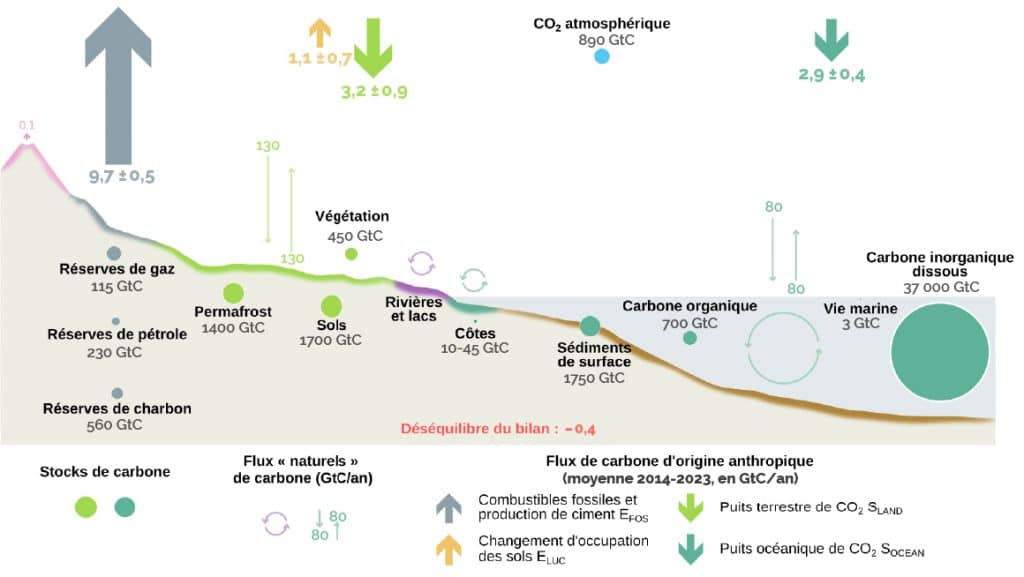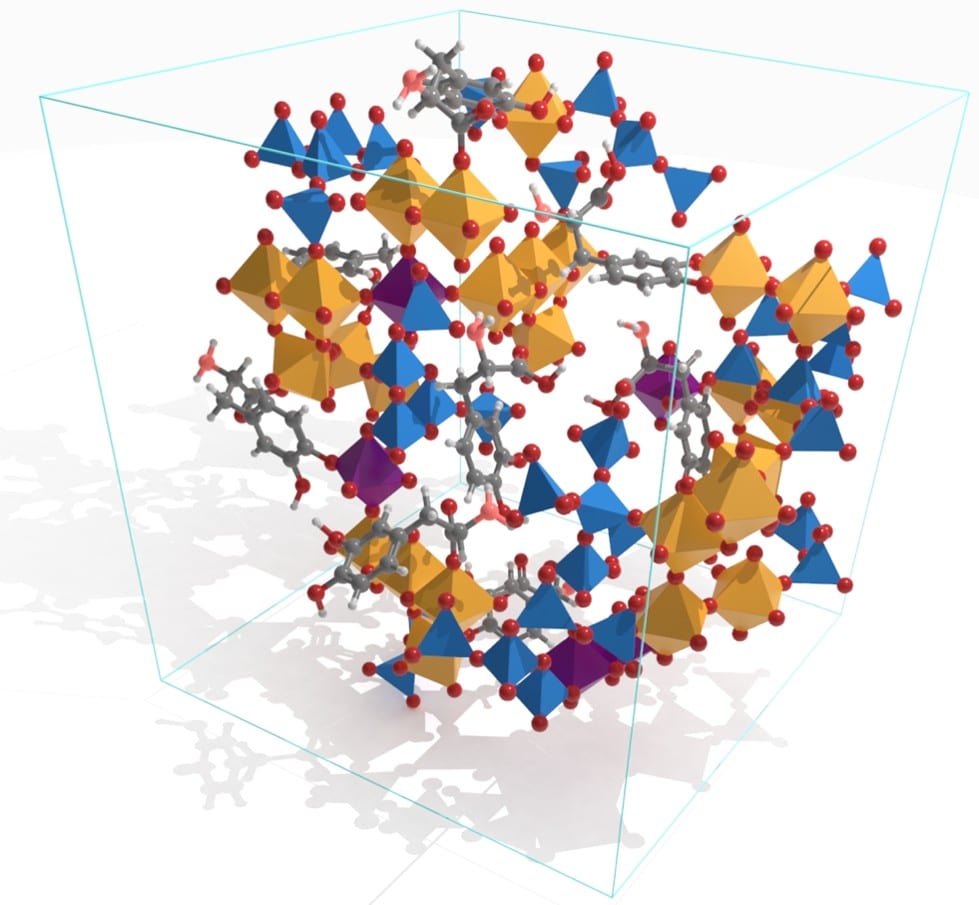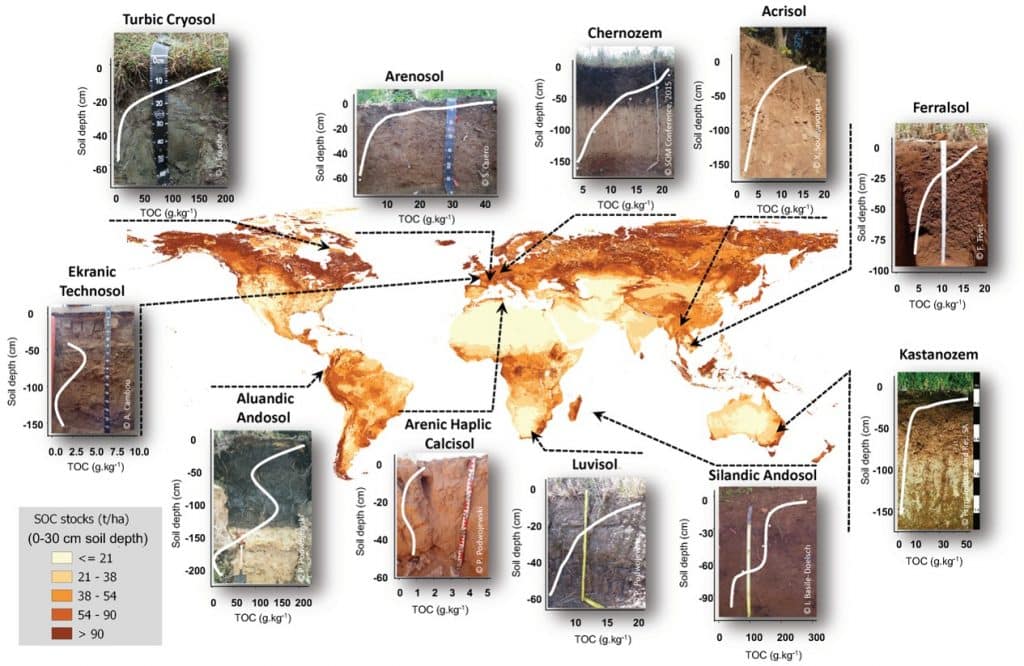
Isabelle Basile-Doelschdirector of research at theINRAE and based at CEREGE, has been working for several years on the dynamics of carbon in soils, a key issue for understanding the climate and global food security. Her NanoCLICS project, supported by a prestigious ERC Advanced Grantsoffers a fresh look at the mechanisms by which organic carbon is stabilised in soils.
While soils constitute the largest terrestrial reservoir of organic carbon, the details of how this carbon can be stored sustainably are still poorly understood. It is precisely this complexity that the NanoCLICS project seeks to explore, by combining manometric observation, experimentation and modelling.
Understanding carbon stabilisation in soils
Soil is a veritable natural factory in which organic matter, mainly from roots, is broken down and transformed by a multitude of living organisms, including worms, bacteria and fungi. This process produces both carbon dioxide (CO2), which is released into the atmosphere, and organic compounds that can remain in the soil for highly variable periods, ranging from a few hours to several thousand years.
The main mechanism recognised to date to explain this carbon conservation is the protection provided by the mineral matter in the soil. Mineral surfaces act as a shield, preventing microbial degradation of organic molecules.
However, this classic theory is based on a model of perfectly ordered mineral surfaces on which organic matter is deposited in successive layers. However, this hypothesis has never been directly validated by observations of natural soils, particularly in carbon-rich volcanic environments.

Friedlingstein
nanoCLICS, a reactive nanometric structure

Given this lack of confirmation, an alternative hypothesis has been put forward, which is closer to the natural conditions of soils: it is not perfect mineral surfaces but irregular structures, resulting from the natural weathering of minerals, that play a central role in stabilising carbon.
These manometric assemblies, which Isabelle calls nanoCLICS (nanosized coprecipitates of inorganic oligomers with organics), are composed of assemblies of atoms of iron, silicon, aluminium and other elements, bonded to organic matter in a complex and highly reactive three-dimensional structure.
This new representation paves the way for a better understanding of the chemical and physical processes that make sustainable carbon sequestration in the soil possible.
Illustration of a nanoCLIC made up of metals (Fe, Si, Al) derived from the weathering of rocks (violet, blue and yellow polyhedra) combined with carbon (shaded). Tamrat, Basile-Doelsch et al. 2019
A multidisciplinary project to support the ecological transition
The NanoCLICS project aims to study these assemblages in ten representative European soils, systematically combining cultivated soil with less disturbed soil such as forest or grassland. Nanoscience techniques will be used to observe and characterise these structures on an unprecedented scale. In the laboratory, columns filled with artificial soil and plants will be used to monitor the formation, evolution and destruction of nanoCLICS under controlled conditions. Modelling work will also be carried out to quantify the impact of these structures on the overall dynamics of carbon in the soil. In addition to fundamental research, these results could lead to practical applications, such as improving agricultural practices to increase carbon sequestration in soils, thereby helping to combat climate change. In addition, a better understanding of these interactions could also offer new perspectives on plant nutrition, by shedding light on their relationship with the soil.

The total quantity of organic carbon in soils (TOC) depends on their geographical location (composition of the rocks from which they are derived, climate, environmental conditions, vegetation, etc.) and varies with depth.
This ERC funding of €2.5 million will enable significant progress to be made on these issues over the next five years. The expected results will enhance scientific understanding of carbon dynamics in soils, paving the way for a possible revision of current climate change prediction models. Finally, by precisely characterising nanoCLICS in different types of soil, this research will open up new prospects for preserving and strengthening the essential function of soil in the planet's environmental balance.

